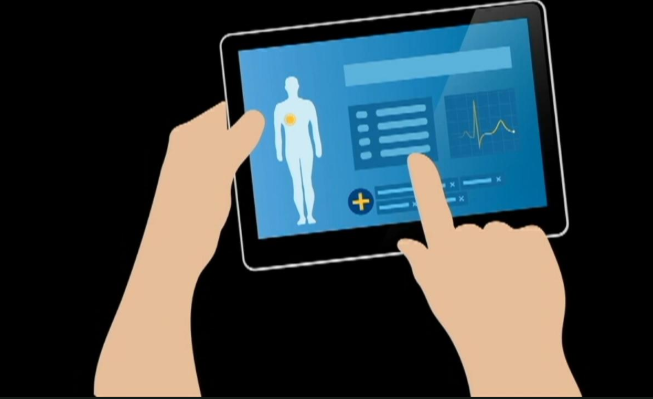
Enterprise imaging has been a hot topic in radiology and healthcare information technology (IT) circles for the last several years as medical image acquisition has moved beyond the exclusive purview of radiology. Healthcare professionals in the emergency department, orthopedics, anesthesiology and other departments are:
- Capturing photos of wounds on mobile devices;
- Performing ultrasound-guided procedures; and
- Accessing images via the electronic medical record (EMR), among countless other daily activities.
To most effectively utilize all of this patient data, it needs to be in one place, according to Louis Lannum, senior strategic solutions consultant for Agfa HealthCare. Formerly the director of enterprise imaging at the Cleveland Clinic, Lannum helped integrate 33 departments across the health system into an enterprise imaging platform.
Lannum told ITN that the key to capturing, storing and organizing data across departments is understanding workflow differences. “Quite honestly, those institutions that are using their PACS [picture archiving and communication system] to drive enterprise workflow, it usually doesn’t work very well,” he said. This is because the PACS workflow is based around imaging orders, whereas outside of radiology, most images are acquired without an order — what Lannum calls an encounters-based workflow. “If you force radiology workflow onto the enterprise, everything’s going to have to have an order and you’re not going to get the program off the ground.”
This central conflict has led to difficulties defining the value of enterprise imaging, said Kim Garriott, principal consultant at Logicalis Healthcare Solutions. She noted, however, that organizations are starting to shift their thinking on enterprise imaging in recent months as they look to address practical challenges of their own — whether they are trying to eliminate CDs and move images more effectively, provide images to patients and referring providers, consolidating image storage, or any number of data efficiency initiatives. “So we’re starting to see organizations become more and more aware, but in different ways,” she said. “I think that within the hospital environment and as we continue to talk about value-based care, it’s becoming critical that everything we do for the patient when they’re in our care becomes accessible by the entire care team.”
Five Foundations of Enterprise Imaging
For healthcare organizations making a serious foray into enterprise imaging, Lannum said there are five foundational principles they must keep in mind:
1. Technology infrastructure — hardware and software, including a workflow system and storage container for all imaging data.
2. Service line integration — how many departments and how many images have to be brought into the system.
3. Visualization — “You’ve got this whole container of images you’ve acquired, you’ve normalized them to the EHR — how do you display those images to the caregiver?” Lannum said. A visualization strategy must encompass diagnostic viewing, enterprise viewing and remote viewing, and must account for image viewing on mobile devices.
4. Exchange — After all of the images from across the enterprise are integrated, there needs to be an effective platform for ingesting images from outside the organization.
5. Business analytics — This is the step for making all of the accumulated data and metadata actionable to improve clinical and operational outcomes.
The Digital Imaging Adoption Model
While these basic principles can help guide adoption of enterprise imaging, experts agree there is no one correct way to achieve full integration. In early 2018, the analytics branch of the Healthcare Information and Management Systems Society (HIMSS) launched a new resource to help organizations assess the maturity of their enterprise imaging capabilities, the Digital Imaging Adoption Model (DIAM) for Enterprise Imaging. The DIAM offers eight stages (0-7) to assess and benchmark practices and strategies for enterprise-wide image integration. Topics range from digital management of images to the inclusion of reports and how they relate to the images, to image display in the EMR and the implementation of clinical analytics.
“What we are careful to not do is prescribe how you achieve those outcomes, so we don’t talk about technology” said Garriott. “However, we are very standards-based and you will see recognition of the importance of standards within the stages.”
HIMSS Analytics hosted an online webinar in May as an initial route for public comment on the DIAM, taking feedback into early June. The organization said it would consolidate feedback and include it in the final DIAM assessment survey, which it hoped to make available to provider organizations worldwide by the end of 2018.


 April 22, 2024
April 22, 2024 








